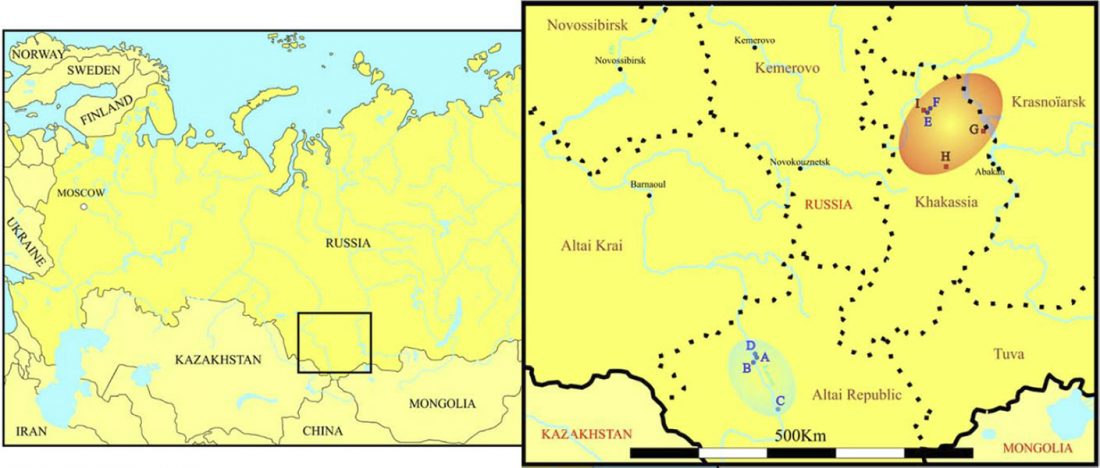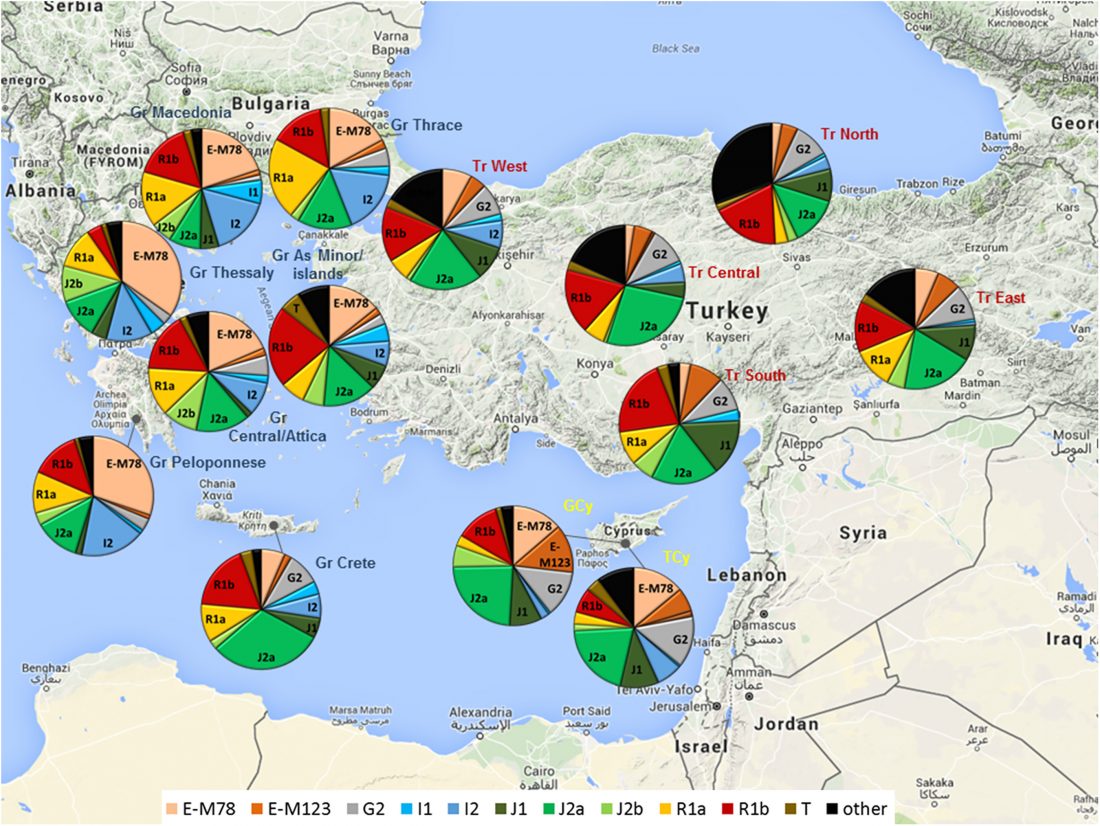A recent comment on the hypothetical Central European origin of PIE helped me remember that, when news appeared that R1b-L51 had been found in Khvalynsk ca. 4250-4000 BC, I began to think about alternative scenarios for the expansion of this haplogroup, with one of them including Central Europe.
Because, if YFull‘s (and Iain McDonald‘s) estimation of the split of R1b-L23 in L51 and Z2103 (ca. 4100 BC, TMRCA ca. 3700 BC) was wrong, by as much as the R1a-Z645 estimates proved wrong, and both subclades were older than expected, then maybe R1b-L51 was not part of … Read the rest “On the origin of haplogroup R1b-L51 in late Repin / early Yamna settlers”





